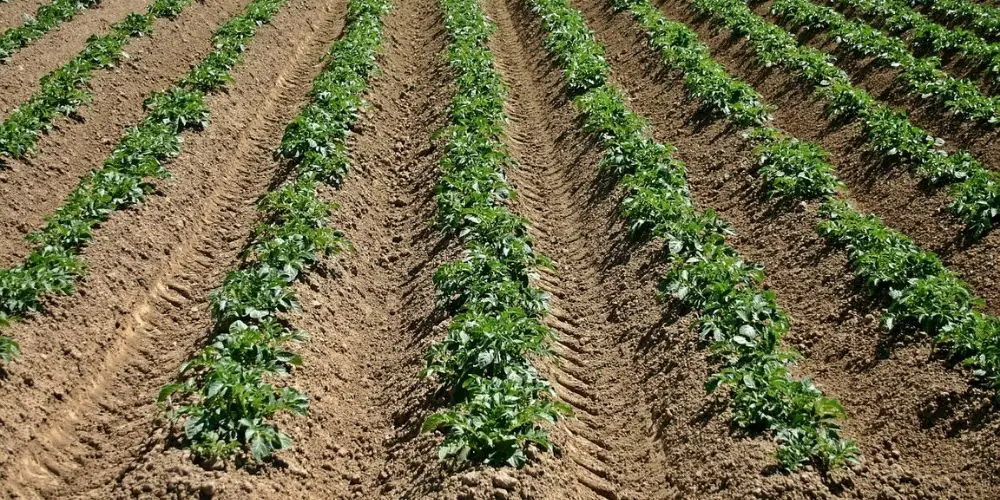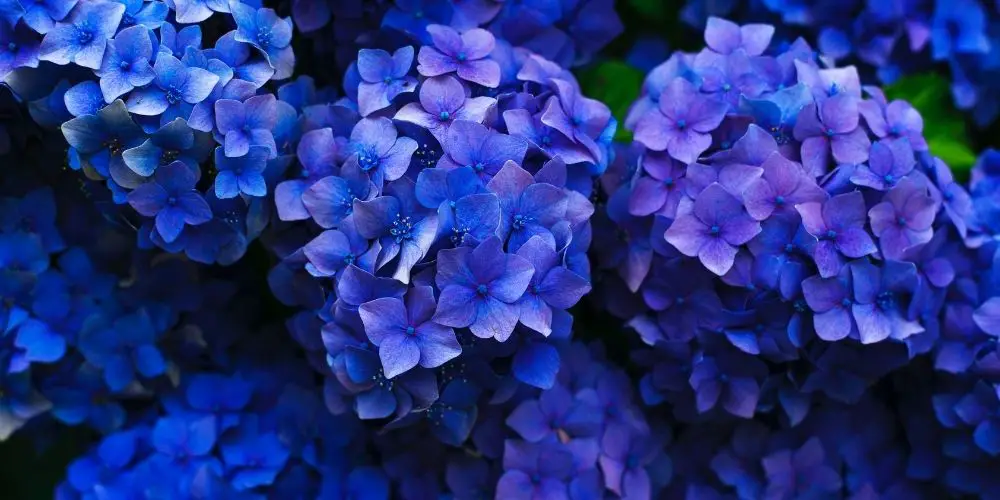You don’t have to be an experienced gardener to know how to take care of your plants. Fruits and vegetables alike need to be pruned, but not all plants need to be pruned the same amount or as often. Certain plants need to be pruned in a specific way in order to prevent overgrowth or bending due to the weight of fruits or vegetables growing on the ends. This is the case with many tomato plants. Depending on what tomato plants you’re growing, how they’re being grown and their location pruning will vary. You don’t want to over prune or under prune as it might ruin your plants and tomatoes.
Generally speaking, all tomato plants are able to be pruned if you are looking to make your tomato plants look better. However it should be mentioned that none of them actually need to be pruned. Pruning a tomato plant will not make it grow tomatoes any better, and may actually cause it to yield less crop, just due to having less growing area.
What is Pruning?
Pruning is a way of ensuring plants grow the proper way without entangling or overcrowding other plants. Plants that grow tall or search for something to wrap around can easily overtake smaller plants growing next to it.
This can result in one or both of the plants becoming unstable and completely falling over due to weight or entangling. With pruning all you do is clip specific parts of the plant in order to keep them tame and in their own respective spaces. Depending on the rate of growth pruning can be done once a week or a few times a week.
Why Prune Tomato Plants?
Tomato plants naturally grow up high but their roots, leaves and stems are not inherently strong. The weight of tomatoes often results in them drooping or breaking apart all together. They also have a habit of overtaking the area they’re growing in including getting wrapped up in their own branches and leaves.
By minimizing clustering and giving good airflow this will also reduce the risk of your plants getting any diseases that can be detrimental to tomato growth. Pruning also maximizes the amount of fruit bearing plants you’ll be able to grow.
Are There Any Negatives to Pruning?
There are only two negative things that may come with pruning your tomato plants. Clipping leaves that may have helped the plant grow and the possibility of sunscald.
If done carefully pruning benefits will outweigh the negative. To avoid sun scalding place the tomatoes in an area that is shaded during some of the day. Or, if you’re able, move the pot when their time in the sun is finished and place them beneath a cover to help keep them perfectly green and healthy.
- 5 Plants to plant with Tomatoes, and 4 not to
- Do Tomato Plants Need Full Sun?
- Why do seeds have expiration dates?
Are there Tomato Plants that shouldn’t be Pruned?
Yes. Tomato plants that fall under the determinate variety should not be pruned. Determinate tomato plants do not grow as tall as normal tomato plants and are more bush-shaped than vine.
Determinate plants bear fruit one time, all at once, and then die off once they’ve done their job. There’s no reason to begin pruning these plants. It will only cause the plant to die before bearing any type of fruit due to loss of necessary leaves. Determinate plants also grow much better in cylinder cages placed in the pot.
They won’t stray far from their designated growing are either which is another reason it is not necessary to try to prune these types of tomato plants.
Dwarf tomato plants are another small tomato plant variety that does not need to be pruned. They are just as they sound. Small. Don’t take up a lot of space. Even the leaves are small. These plants can grow in small pots, small plots, or in small hanging baskets. They are indeterminate because they produce more than once but they do not grow tall like standard indeterminate tomato plants.
What Tomato Plants should be Pruned?

Indeterminate tomato plants grow long, tall and spread out like a bush too. These plants also grow all year long which means you can have fresh tomatoes whenever you please.
But, these plants grow a lot and grow constantly. You don’t have to prune them but if a lot of these seeds sprout they can get messy.
Leaves and branches can get tangled. Ripening tomatoes can get lost in the sea of leaves and drop without you even knowing they existed in the first place.
Indeterminate tomato plants can grow in multiple stems but if you want a more organized approach you can clip them so they’re single stem plants. This won’t affect the health or tomatoes other than quantity.
What’s the Best Way to Prune Tomato Plants?
There are a few ways to go about it but it depends on what part you’re pruning. For leaves on indeterminate plants just prune the ones beneath the fruit. Since the plants need air circulation and sunlight to grow hearty tomatoes the leaves beneath are no longer beneficial. Any leaves that are yellow or look unhealthy should be cut too to stop the spread of disease throughout the plant and the tomatoes.
Pruning plants at the end of their season is beneficial too. For tomatoes all you have to do is cut the new flowers off and the tips of the tomatoes. That way the plant will only focus on what tomatoes are already there. By ripening what is already growing you won’t have to deal with un-ripened tomatoes that can weigh the plant down before it’s finished up.
This is also a way to control the amount of tomatoes you’re going to have when they ripen. If your plant has plenty of tomatoes growing and some fresh flowers you can always cut the flowers to ensure the tomatoes that have sprouted are going to be ripe and ready on top of lowering the amount of tomatoes total. This is a good, easy method for beginners who maybe don’t need twenty tomatoes at a time.
Conclusion
Pruning is a good and necessary part of gardening. Just be mindful of how you do your pruning and if it’s really necessary for your tomato plant to grow and thrive. If it’s your first time try it one leaf at a time! Be sure to only prune beneath the tomatoes and watch our for sickly looking leaves.















